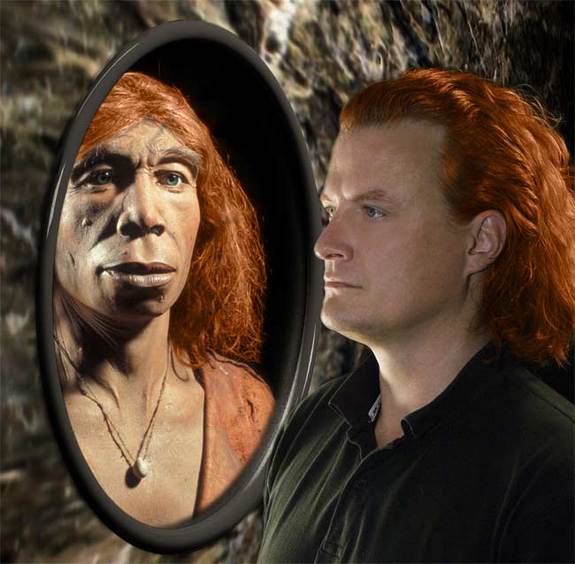
© redOrbit
Scientists working at the Large Hadron Collider (LHC) at the European Organization for Nuclear Research (CERN) may have gotten their first look at the so-called "God particle" -- the fabled massive elementary particle known as the Higgs boson -- according to BBC News reports published Friday.
According to BBC Science Correspondent Ian Sample, officials at the Geneva-based particle physics laboratory announced the possible discovery during the 2011 Europhysics Conference on High-Energy Physics (HEP 2011), which opened Thursday in Grenoble, France.
"Speaking at the meeting, teams working on two of the collider's huge detectors, Atlas and CMS, independently reported unusual bumps in their data that could be the first hints of the particle," Sample reported.
"Physicists stressed that it was too early to know whether the signals were due to the missing particle," he added. "Bumps that look like new discoveries can be caused by statistical fluctuations in data, flaws in computer models and other glitches, they said."
"We cannot say anything today, but clearly it's intriguing," Fabiola Gianotti, spokeswoman for the 3,000-strong Atlas team, told BBC News, adding that they would know more after CERN personnel from both the Atlas and CMS teams were able to obtain more information and compare their results.



